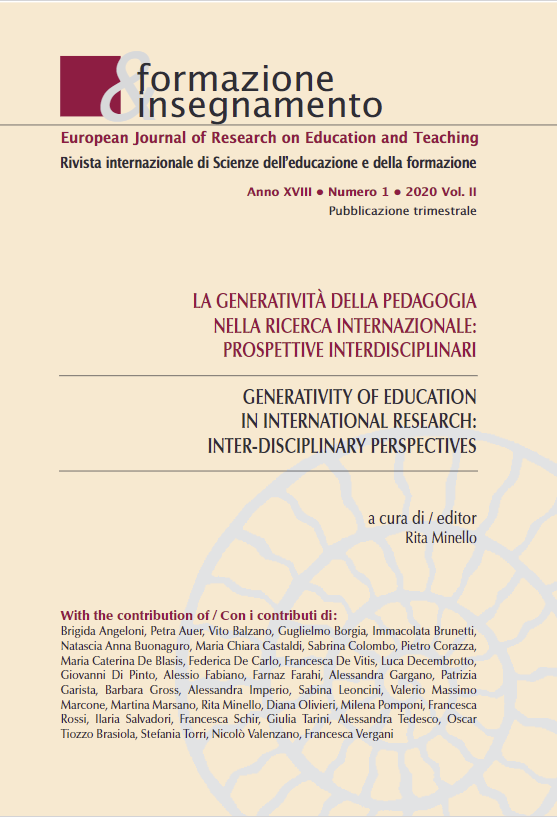Personalization and accessibility of cultural heritage thanks to augmented reality
DOI:
https://doi.org/10.7346/-fei-XVIII-01-20_64Abstract
In the last few years, the theme of accessibility has been the driving force of profound changes, which have revolutionized society and culture represents one of the crucial areas both for the central role it plays in the growth of the individual and society, and for the advanced state of development that accessibility has reached in the cultural sphere. Starting from the consideration that each individual is characterized by multiple facets, in order to create a combination of accessibility and culture, it is not necessary to create unique solutions for everyone, but to think of them on the basis of the characteristics specific to each type of user, in order to satisfy even the less obvious needs, aware of the fact that it is necessary to intervene for the maximum autonomy of the individuals, who show different needs based on their evolutionary condition, age, physical, sensorial and cognitive abilities, training, culture and experience. Therefore, the idea is to develop an augmented reality APP with accessibility and customization features and therefore can be adapted to the needs of each individual user. Once he has framed a reference work with his mobile device, he will be able to access accessible and connected knowledge bases contained in the semantic web. The target is to demonstrate that the knowledge bases currently available can be used to create differentiated paths adapted to the needs of individual users.
Downloads
Published
How to Cite
Issue
Section
License
Copyright (c) 2020 Pensa MultiMedia

This work is licensed under a Creative Commons Attribution 4.0 International License.
Formazione & insegnamento is distributed under Attribution 4.0 International (CC BY 4.0).
For further details, please refer to our Repository & Archiving Policy, as well as our Copyright & Licensing Terms.





